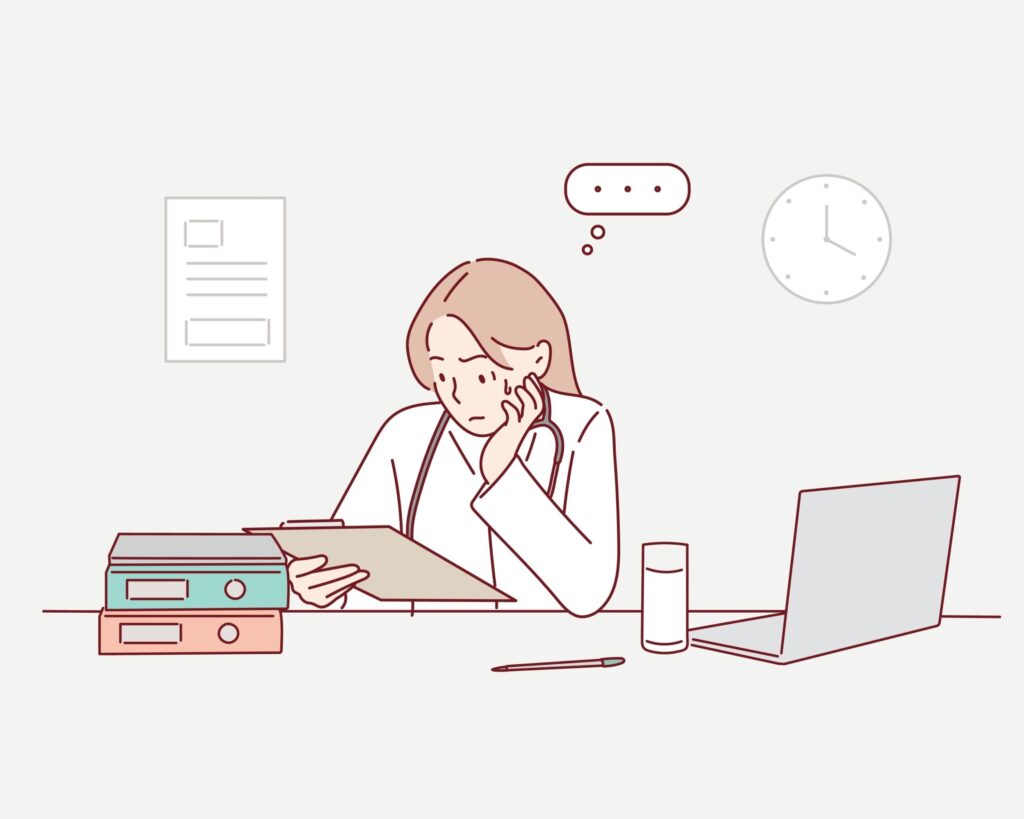Marketers know the cost of acquiring a new customer is far more than retaining an existing one. However, very few companies have a separate strategy to reactivate lapsed customers. Most treat inactives like poorer performing active customers. They receive the same communications with the same offers and see the same products, just less frequently.
Given the current environment, it makes both marketing and financial sense to balance acquisition and reacquisition initiatives. Companies already know more about these customers than their best prospects and there is no acquisition cost. A comprehensive strategy for reactivating lapsed customers can increase a company’s file size, revenue and profitability while reducing marketing cost.
A successful reactivation strategy will involve testing different combinations of “who” and “how” to identify the most productive communication plan. Here’s a few points to consider:
Modeling
It’s not unusual for the same models to be applied to both active and inactive customers. This assumes these customers behave and are motivated by the same factors as more recent customers. If that is the case, why are these customers inactive? Whenever possible unique models should be developed and applied to lapsed customers.
Leverage External Information
These customers may not be purchasing from you, but they are purchasing from someone. Purchases from other retailers, including those outside your market segment, can be valuable predictors of future purchase activity. Most of the cooperative databases offer modeling solutions targeted to older, inactive customers.
Time Between Purchases
Some customers are regular purchasers, but don’t fit into the traditional 12-month designation of an active customer. Look for multiple buyers whose average time between purchases is greater than your definition of an active customer.
Timing
Look for seasonality trends among existing customer reactivation activity. Don’t try to push water uphill. Target your reactivation campaigns to when they will be most productive.
Single Purchasers
Direct marketing is often as much about who you don’t contact, as who you do. Single-time, inactive buyers are a real challenge. Focus reactivation strategies on more productive multi-buyers.
Just Ask
Who doesn’t want to be asked their opinion? Send these customers a survey asking about their experience with your company. Companies often assume they know what their customer is thinking, but don’t ask. E-mail is a cost-effective way of surveying customers, but don’t ignore the impact of sending out a mailed survey. In a past life I sent a survey to inactive customers and saw reactivation rates from respondents increase 32% and 17% from customers that didn’t respond.
“We Miss You” Communications
This is a tried and true way of bringing back customers. It can be a subject line, solo mail piece or a version of an existing communication. When combined with an offer, you will almost certainly see an increase in return customers.
Product Updates
Let customers know about updates to products that they’ve purchased in the past. If they bought a widget in the past and that widget has improved, tell them. Develop campaigns around products that have had high purchase rates and enough innovation that it’s relevant to the customer.
What’s New?
Tell customer what’s new at the company. Are there new channels, social marketing efforts or a new product line? Tell your customers! Give them a reason to reengage. This should be tested as either an informational or transactional communication.
Measure the Customer, Not the Campaign
This is critical, as the response of lapsed customers may not tie directly to a specific campaign. Look for increased performance over time at the customer level against a control group, not just at the campaign level.
Reactivation strategies, like all communications efforts, takes time to develop. Successful reactivation programs require the right combination of customer segmentation and campaign presentation. Be sure to test combinations of both and don’t assume that one contact is enough. Customers often require more than one contact before they’re motivated to purchase again.
Tim Hoerrner is the chief customer economist at Carmot Marketing.
 Network
Network

